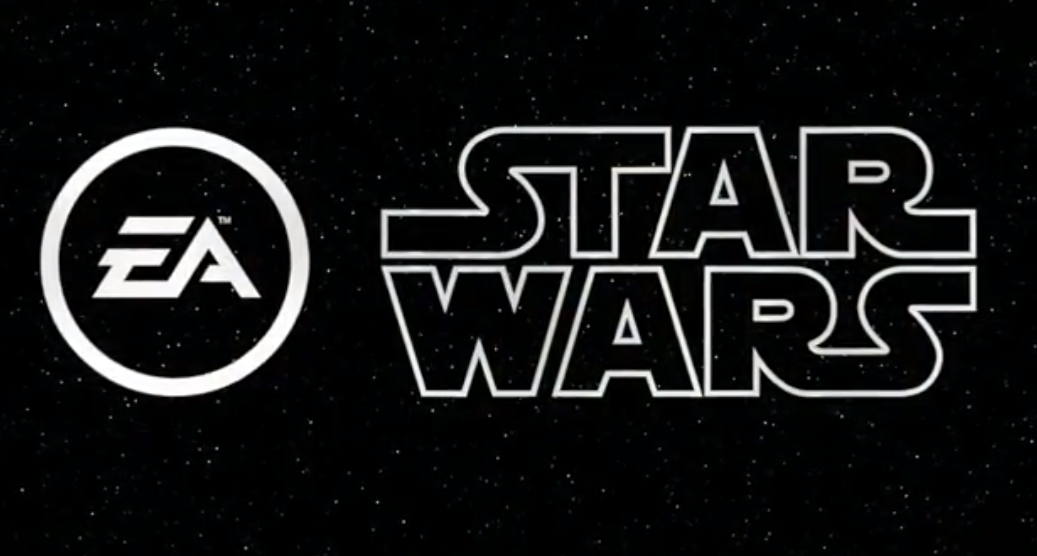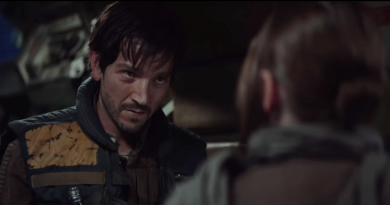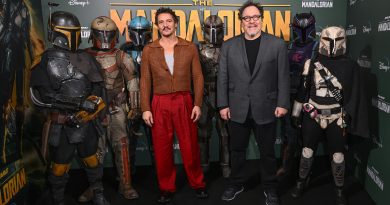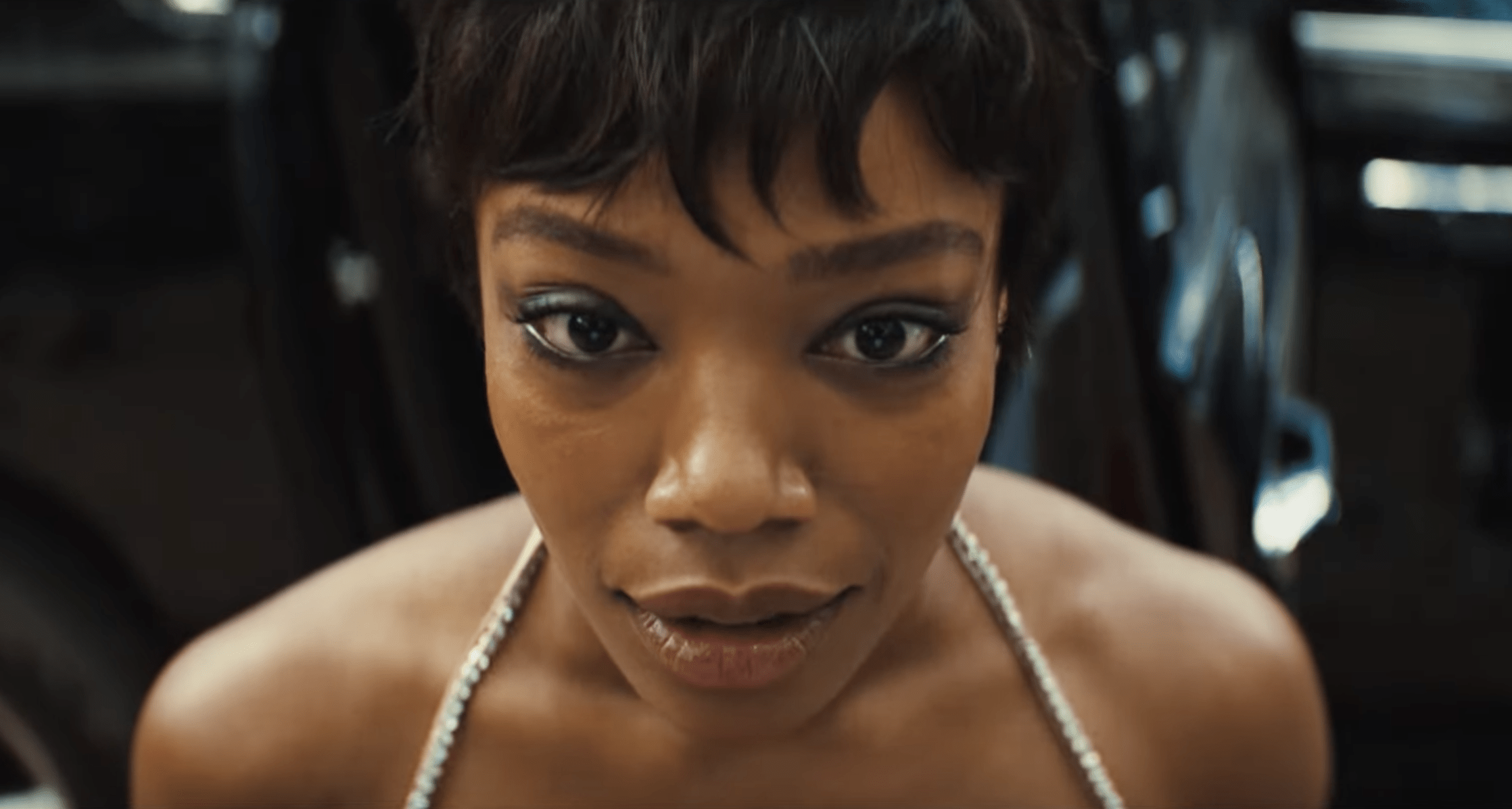Editorial: Now That EA’s Exclusivity On Star Wars Games is Over, Was It a Success?
The year 2023 marks the end of Electronic Arts’ (EA) exclusivity over Star Wars games. The deal began in 2013. Over the course of that 10-year period, much occurred for EA, Star Wars, and gaming as a whole. For EA, not all of it was positive. In fact, one may argue that most of EA’s 10-year exclusivity over Star Wars games was spent mired in controversy. However, not all of it was bad, as there were some great hits for EA, including the Star Wars: Jedi series.
As Star Wars games begin to open up to more creators, it’s important to look back at the past 10 years with EA. These 10 years produced great controversies and achievements that are worth discussing and worth learning from for the future of Star Wars games as more developers get a chance to create for the Star Wars universe.
A First Half Riddled With Controversy
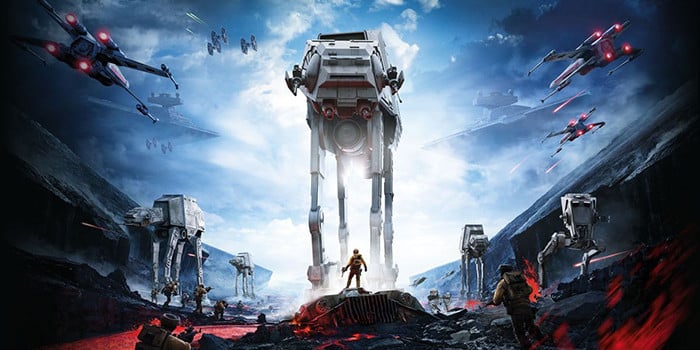
Star Wars: Battlefront was EA’s first big Star Wars game. It also serves as a summary of how the next few years of Star Wars games would go: a fun game to play that was surrounded by external contention.
Star Wars: Battlefront was a hotly anticipated game. The game was developed by DICE, the developer behind the epic shooter-franchise Battlefield. Many gaming fans felt that if DICE could bring over the large-scale, vehicle-orientated, objective-based shooter carnage from the Battlefield franchise to Battlefront, it would be a “match made in heaven.”
In a lot of ways, Star Wars: Battlefront succeeded in just that. The game boasted large open maps supporting a large number of players, a variety of fun vehicles and iconic characters, tight gunplay, and the typical frantic action that defined Battlefield. Not to mention that the game offered breathtaking visual fidelity that had yet to be seen before for that generation of consoles.
The biggest drawback of Star Wars: Battlefront was its lack of content. When the game launched, the content was sparse, as the game mainly focused on major battles from the original trilogy. It featured nothing from the prequels. It also didn’t have much of a single-player offering.
It didn’t help that EA was also marketing the game’s season pass featuring additional content before the game was even released. The season pass cost $50 while the main game cost $60. That meant players would have to fork over a whopping $110 in order to experience all the game’s content. It was hard to swallow, especially since the game wasn’t released at that point.
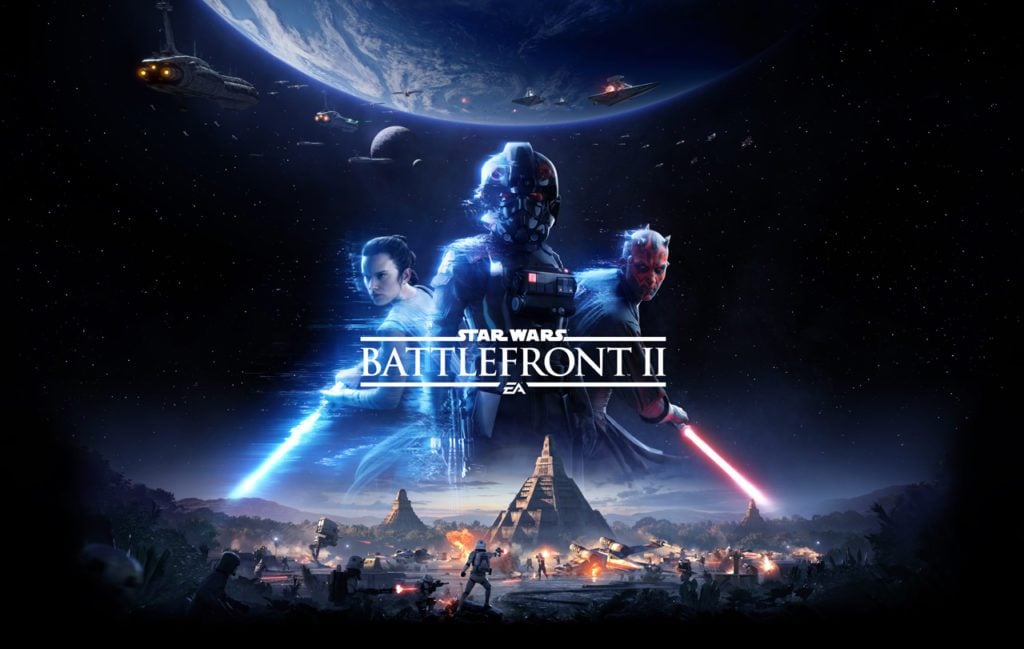
Following Star Wars: Battlefront, EA followed up with Star Wars: Battlefront II. When the game was first revealed, it was obvious that DICE and EA were acknowledging fans’ disappointment over the previous game’s sparse content. A heavy emphasis was put on the prequel and sequel trilogy content in the game’s marketing. EA was also emphasizing a fleshed-out narrative single-player campaign and brand-new space battles.
Yet, Star Wars: Battlefront II also faced controversy upon its release. In fact, the controversy surrounding the game was so momentous and consequential that it would essentially define EA’s tenure over Star Wars games, and affect the gaming industry entirely.
Before Battlefront II was released, much attention was put on the game’s loot boxes and card systems. The card system in Battlefront II, called star cards, gave special abilities and perks for characters when equipped. For example, certain cards gave certain characters higher damage, more health, faster speed, and so forth. However, players could also spend real-world money in order to unlock more of these cards, which were also randomly distributed through what the industry refers to as “loot boxes.”
These “loot boxes” were randomized packages that granted players cards of varying levels of rarity. One “loot box” could net a player extremely rare cards, and another could net completely junk cards. In principle, it made Battlefront II “pay-to-win” and loot boxes were considered gambling, causing government regulatory bodies to investigate such practices.
Before the game was released, DICE decided to get rid of this feature and make the cards earned only by unlocking them through the game. By that time, though, the damage had already been done. Battlefront II’s reputation was sullied. And other game developers moved away from putting loot boxes into their games.
Besides the loot box controversy, the game suffered from a number of other problems. A lackluster and ridiculously easy story mode, server issues, and annoying flight controls on PC just to name a few. Eventually, EA and DICE did turn Battlefront II around in the years following. But the launch of Battlefront II marked the end of EA’s rocky start for Star Wars games, and the launch of another, vastly different Star Wars game on the horizon marked the start of EA’s change in course.
A Second Half of Course Correction
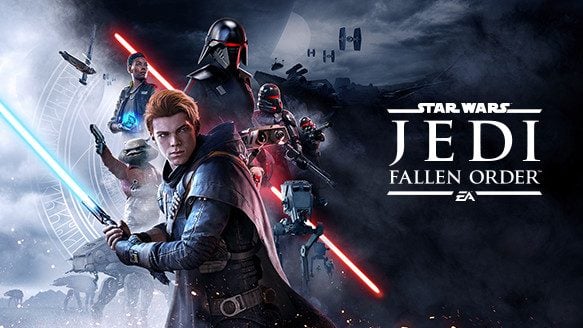
Following one of the biggest controversies in modern gaming in Battlefront II, EA would release Star Wars Jedi: Fallen Order, which, to the surprise of many, was a commercial and critical hit with none of the snares or catches that players had come to expect from EA. Star Wars Jedi: Fallen Order is a single-player, narrative-based action game from Respawn Entertainment, the developer behind the Titanfall series.
The fact that EA was publishing a narrative-based single-player game was a surprise in itself. EA made it publicly known that at the time that it was more interested in making multiplayer, live-service-type games, believing that most gamers were no longer interested in single-player narrative experiences. Live-service multiplayer games were becoming more popular all throughout the gaming industry as other publishing studios felt similarly. Yet, Star Wars Jedi: Fallen Order proved EA wrong.
Boasting a rich story set between Episodes III and IV following Cal Kestis (a survivor of Order 66), Jedi: Fallen Order explored what it was like to be a Jedi on the run during a time when they were hunted like animals. While some believed the gameplay was likely the weakest part of the package — borrowing many ideas and mechanics from other more popular titles — and texture pop-in was a common issue on older Xbox and PlayStation consoles, it resonated with audiences that were looking for more traditional games, without any multiplayer, online-service hiccups.
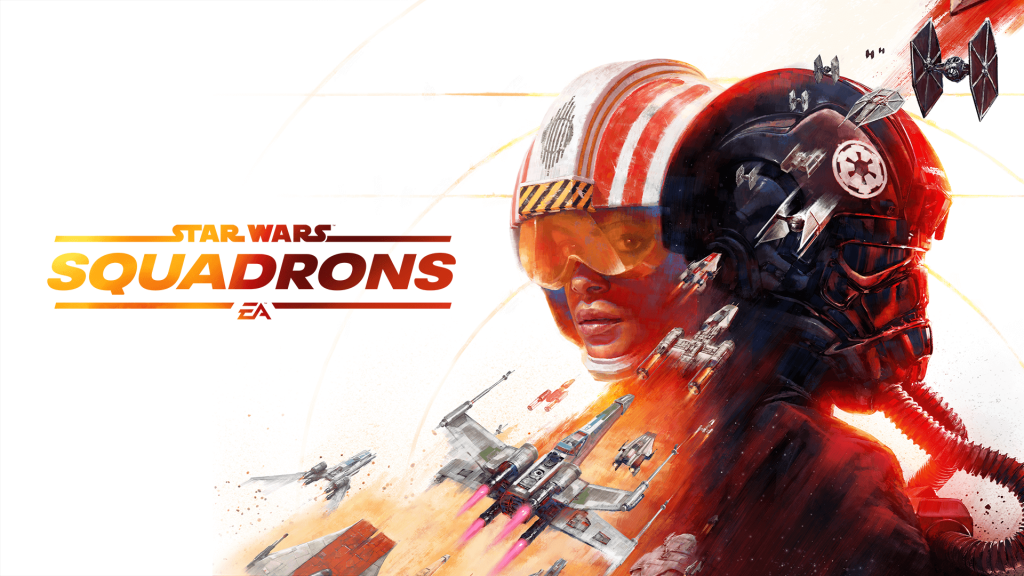
After Jedi: Fallen Order, the following year would see the release of another game, Star Wars: Squadrons. Developed by Motive Studio (a team that helped in the development of Battlefront II‘s campaign, and would later go on to develop the Dead Space remake) Star Wars: Squadrons was released in 2020. Squadrons drew heavy inspiration from the TIE Fighter and X-Wing games of the past and from the space flight simulator genre.
Star Wars: Squadrons was a much smaller project compared to the Battlefront games and Jedi: Fallen Order. Focusing entirely on space combat, the game had only a relatively short single-player campaign and a few multiplayer modes. However, the game was cheaper than the standard $60, priced at $40, so that helped to alleviate the sparse amount of content.
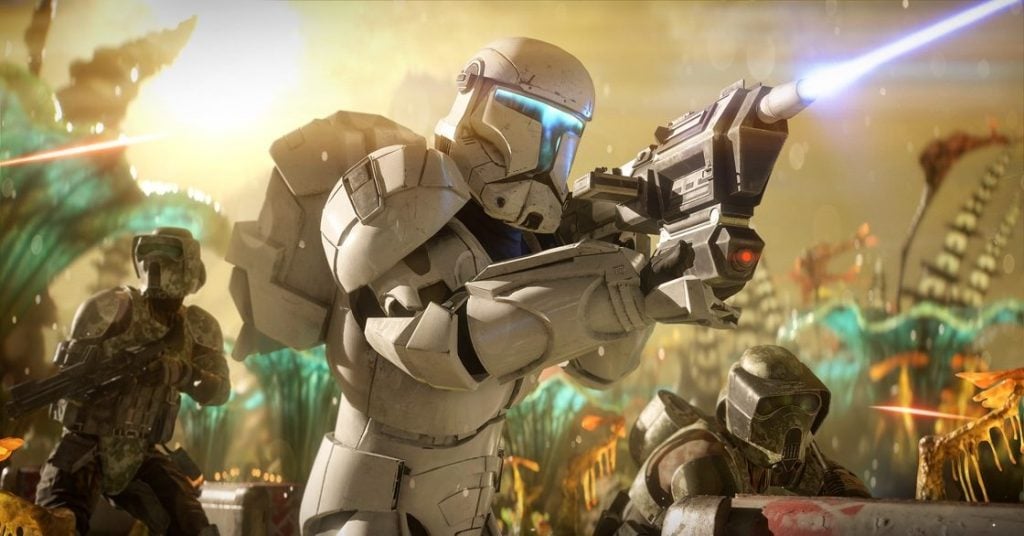
It was also around this time that fans’ sentiments towards Battlefront II began to change. After the initial release of Battlefront II, DICE and EA continued to create more content for the game, adding many welcome additions. A number of playable characters were added including General Grievous, Obi-Wan Kenobi, Anakin Skywalker, and Count Dooku. New special units were also added including Republic Commandos, Clone Captains, Commando Droids, and Droidekas. Yet, even this surge in enthusiasm came to an abrupt end as DICE announced they would stop supporting the game to focus on new projects.
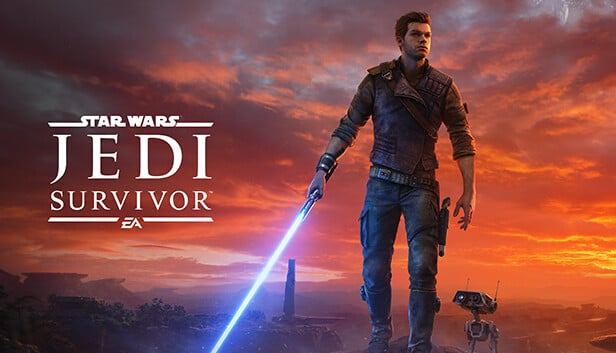
Finally, at the end of EA’s exclusivity deal, EA published Star Wars Jedi: Survivor, a sequel to Jedi: Fallen Order. When Jedi: Survivor was released this year, the sequel gained a lot of praise from reviewers. Many applauded the game as being some of the best Star Wars content in years, praising its improved gameplay mechanics and phenomenal story. We called it “the best Star Wars in years.”
Yet even Jedi: Survivor had its fair share of controversy. Upon release, Jedi: Survivor was knocked by fans and critics pointing out the game’s poor performance, especially on PC. Something to note about this and the other controversies surrounding EA’s Star Wars games is that these controversies are not exclusive to just Star Wars games. Unoptimized PC ports and “pay-to-win” game mechanics were and are problems that plague the entire industry. It seems that no Jedi mind trick could save Star Wars from being plagued by them as well.
It’s still too early to tell how much of a lasting impact Jedi: Survivor will have. While the game is highly acclaimed among critics and fans, Respawn Entertainment has said their next game will something different, though a third game in the Star Wars Jedi series is likely on the way.
Takeaways From EA’s Star Wars Exclusivity Deal
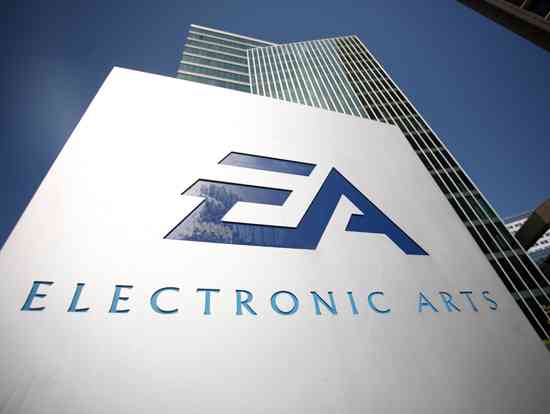
In many ways, the games published under EA’s umbrella are all a byproduct of the trends of their time. Whether for good or bad, these trends shaped the Star Wars games we played over the last 10 years, but it’s important to note that EA did not come up with these ideas themselves.
When 2015’s Battlefront was released, a common frustration among the gaming community was that games were forcing players to pay additional money for content that would normally be in the game upon initial purchase. In the same year, Evolve, developed by Turtle Rock Studios, was lambasted for having a very bare-bones game and having marketed plenty of additional content before the game was released. For 2015’s Battlefront, the same was true where fans were having to buy a $60 game, then pay $50 more for additional content added throughout the following year.
It’s a similar theme for Battlefront II. Loot boxes and pay-to-win game mechanics were, and still are, hotly debated topics within the gaming sphere. All one has to do is take a look at the first Overwatch game (released a year earlier than Battlefront II) to see the frustration behind loot boxes and how that practice garnered bad blood with its fans.
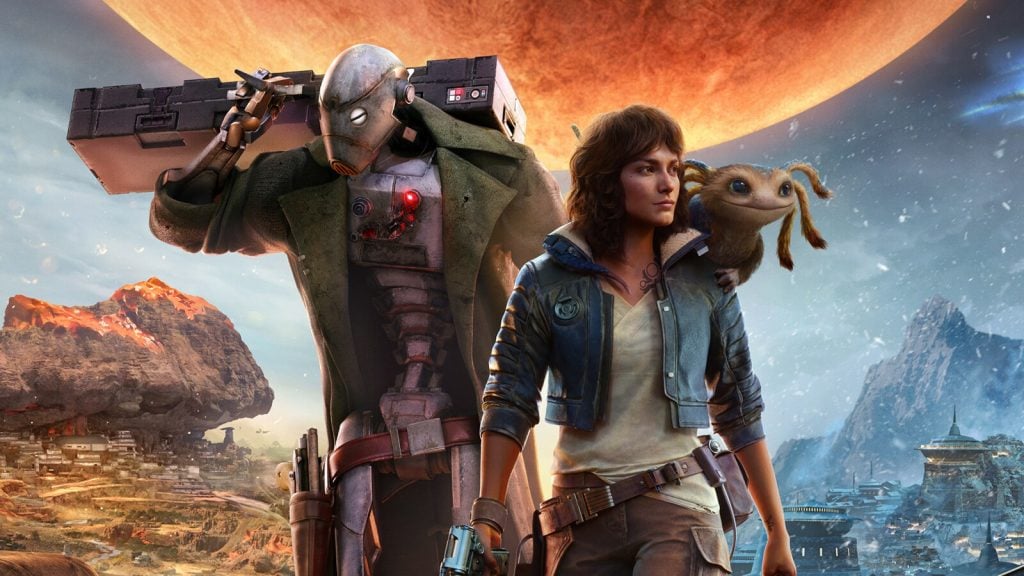
The same can be said about Star Wars Jedi: Fallen Order, Star Wars: Squadrons, Star Wars: Battlefront II’s resurgence, and Star Wars: Jedi Survivor. The controversies and talking points surrounding these games are not exclusive to them. Whether it be Star Wars: Battlefront II’s redemption arc, or the many technical glitches that can be found on Jedi: Survivor, these issues and topics are emblematic of their time.
The hope now is that future Star Wars games can avoid some of these controversies and produce solid games without any baggage. Aside from the many controversies, however, EA did produce fun gaming experiences that many will talk about for years to come. Only time will tell if the next 10 years can improve on the fun but tumultuous foundation that was EA’s exclusive deal making Star Wars games.
Born and raised in Hawaii, Jay Goodearl runs the YouTube Gaming channel “Good Games, Dude” His channel aims to open up video games to beginners and immediate players and help them understand what makes games the art form that it is.

